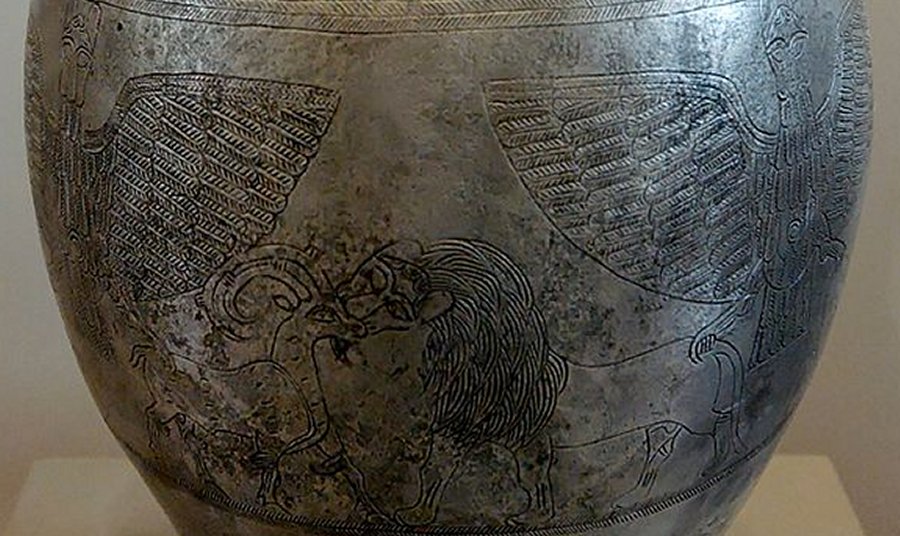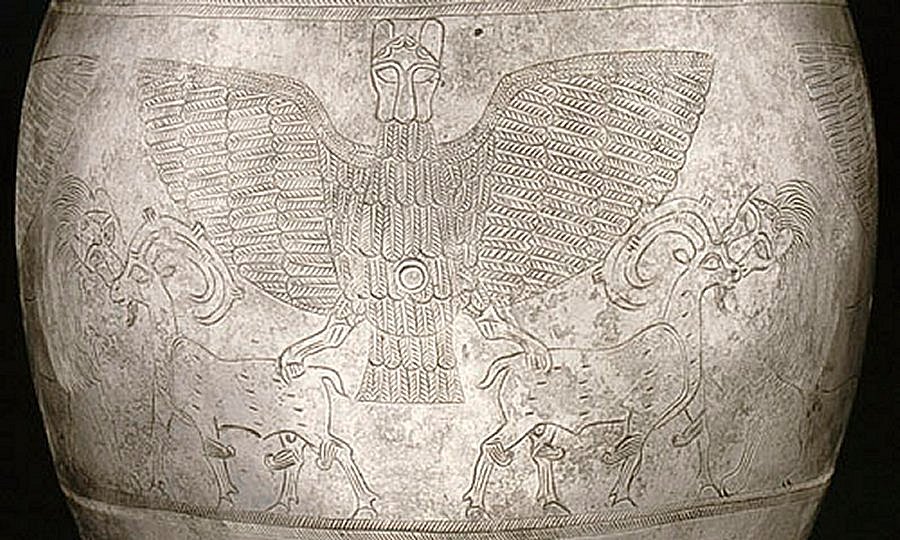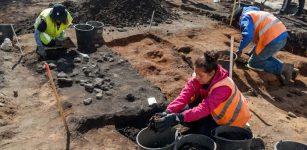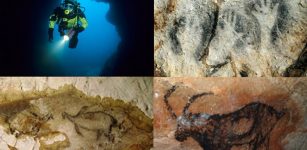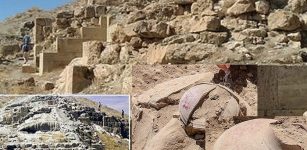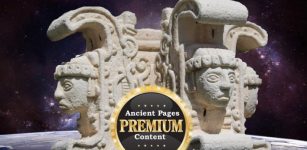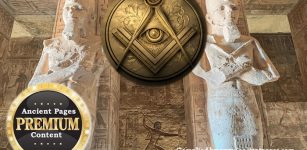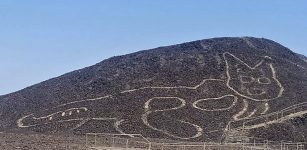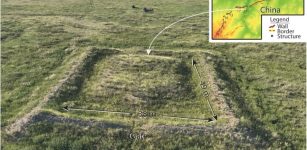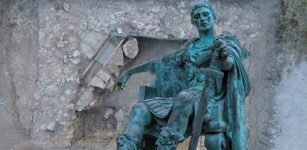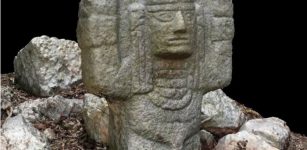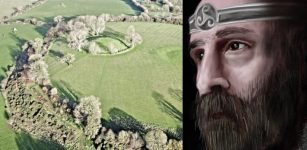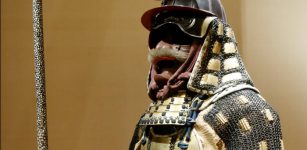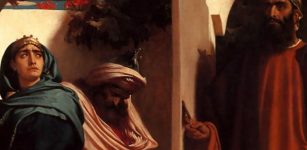Millennia-Old Sumerian Tripod Vase Dedicated To God Ningirsu, The Son OF Enlil
A. Sutherland - AncientPages.com - A tripod, engraved vase of silver was dedicated by King of Lagash, Entemena to the god of war, Ningirsu.
Ningirsu, a son of Enlil - lord of the mace and the battle-axe - was worshipped in Babylonia and Assyria; in Lagash, he was the true monarch and the main deity of the city of Girsu (Lagash). King Gudea built a temple for him called the Eninnu.
Ningirsu was Gudea's personal god, for whom Gudea also built spears, axes and maces, all dedicated to the destructive power of Ningirsu.
Vase ca.2400 BC, dedicated by Entemena, king of Lagash, to god Ningirsu. Found in Telloh, ancient city of Girsu. Louvre Museum via wikipedia
Ningirsu's name means "Lord of Girsu", and his symbol is the lion-headed eagle. The god's city was Girsu (Girsus), which at the time of Gudea, during the Second Dynasty of Lagash, became the capital of the Lagash kingdom.
King Entemena - a son of En-anna-tum I - ruled about 2400 BC and reestablished Lagash as a power in Sumer.
See also:
Sumerian Stele Of The Vultures: Oldest Known Historical Records Carved On Limestone
Statue Of Gudea: The King-Priest Of Sumerian City Of Lagash In Southeast Mesopotamia
Sumerian King List – Ancient Record Of Kingship That Has Long Been Of Great Interest
Entemena defeated enemies and his reign was the culmination of the Lagash Kings and their generations-long war with the neighboring people of Umma. Entemena drafted a treaty with Il, the priest-king of Umma, and established water-communication by building canals connecting the Tigris and Euphrates rivers.
Though after his reign, Lagash would be ruled by several weak and corrupt priest-kings, Entemena's great work to stabilize the Mesopotamian region would be felt for many centuries.
The vase, dated to about 2400 BC, was unearthed at the ancient site of Girsu, a city of ancient Sumer, situated some 25 km (16 mi) northwest of Lagash, at the site of modern Tell Telloh, Iraq.
The artifact - now stored in the Louvre Museum – is decorated with a frieze of lions consuming stags; another skillfully incised scene adorns the globular part of the vase. It depicts a lion-headed eagle, Anzu (Imdugud), grasping two lions with his talons.
Above the scene with lions, there is yet another frieze depicting seven lying cows; their right legs are bent. The vase’s neck is decorated with the inscription, which says:
Enmetena, ruler of Lagash,
chosen by the heart of Nanshe,
chief ruler of Ningirsu,
son of Enannatum, ruler of Lagash,
for the king who loved him, Ningirsu,
(this) gurgur-vessel of refined silver,
from which Ningirsu will consume the monthly oil (offering),
he had fashioned for him.
For his life, before Ningirsu of the Eninnu (temple)
he had it set up.
At that time Dudu
was the temple administrator of Ningirsu.
The vessel measures 28 cm in height without a tripod, copper-made base and 35 cm in height from the base; its diameter is 18 cm. It was made mainly of silver, but also contains a certain amount of copper formed into three legs in the shape of claws, on which the vase is standing.
The Sumerian artists made it from a single sheet of silver. The frieze on the vessel was burned, and then carved on the details.
King Entemena’s vase represents one of the most beautiful Sumerian pieces of art.
Written by – A. Sutherland - AncientPages.com Senior Staff Writer
Copyright © AncientPages.com All rights reserved. This material may not be published, broadcast, rewritten or redistributed in whole or part without the express written permission of AncientPages.com


